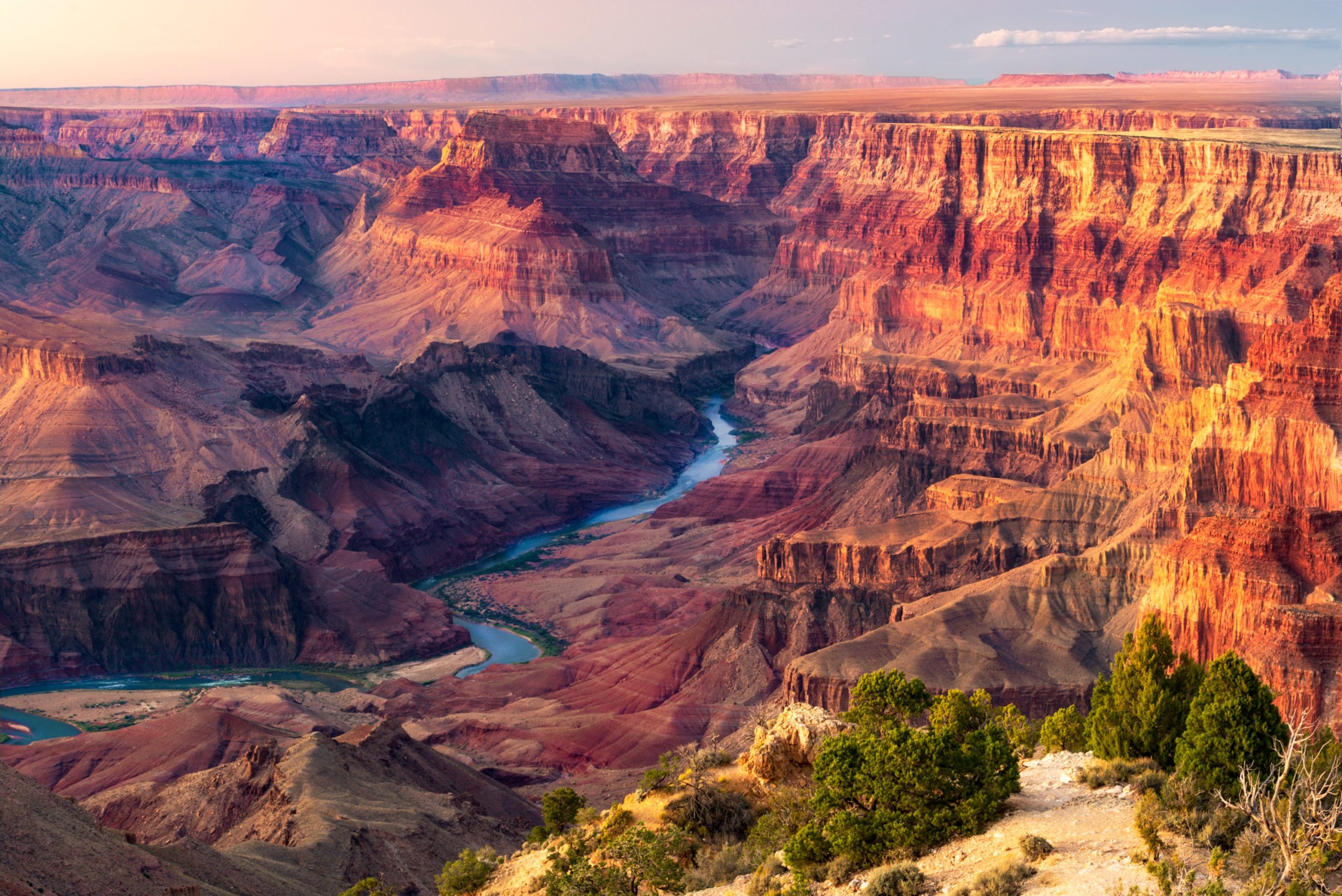The Grand Canyon has stood as a beloved tourist attraction and landmark since 1919, when Benjamin Harris made it a national park. While tourists love taking in its majesty, scientists love studying it just as much. Paleontologists and geologists study the rock formations, studying how old the canyon and its walls are. In addition, they find any fossils that may be in the canyon. However, recently, there was a particularly remarkable discovery that shook the scientific community.
The Grand Canyon
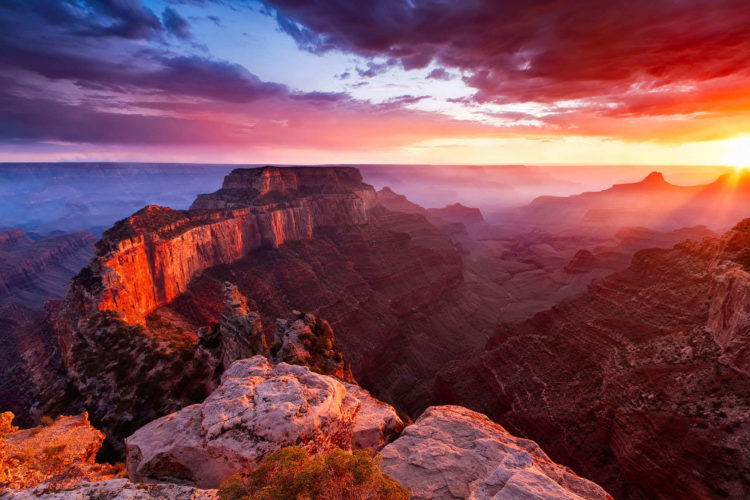
The Grand Canyon, itself, is a considered one of the Seven Natural Wonders of the World. It was created by the Colorado River, constantly running through the rock and boring a massive ravine through the plateau. The area around here is 6,800 feet above sea level, a product of the shifting of tectonic plates. It is made from a wide variety of different types of rocks, from all three categories; igneous, metamorphic, and sedimentary. This all culminates into one of the most beautiful landmarks in the world.
A Boulder Falls
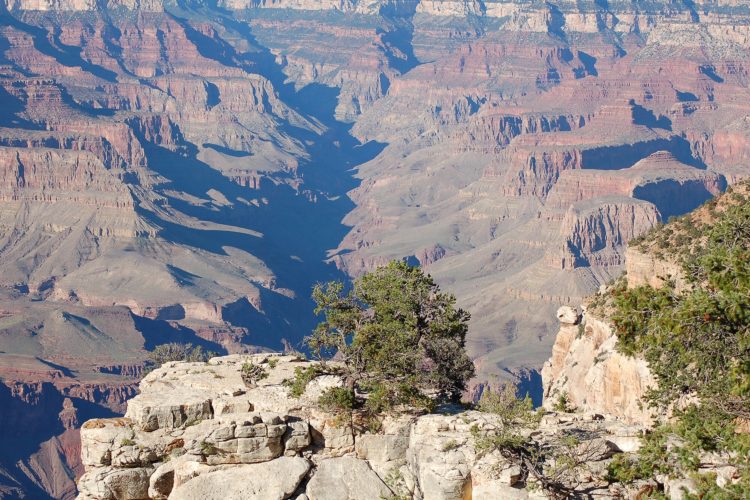
It all began when cliff face on the Grand Canyon’s Bright Angel Trail collapsed. As a result, a boulder fell down onto the trail. While many other scientists and tourists disregarded the boulder, one man did not.
Allan Krill

Allan Krill is a geology professor from Norway. In 2016 he was visiting the University of Nevada. He made the stunning discovery while doing a hike with his students on the Bright Angel Trail.
The Discovery
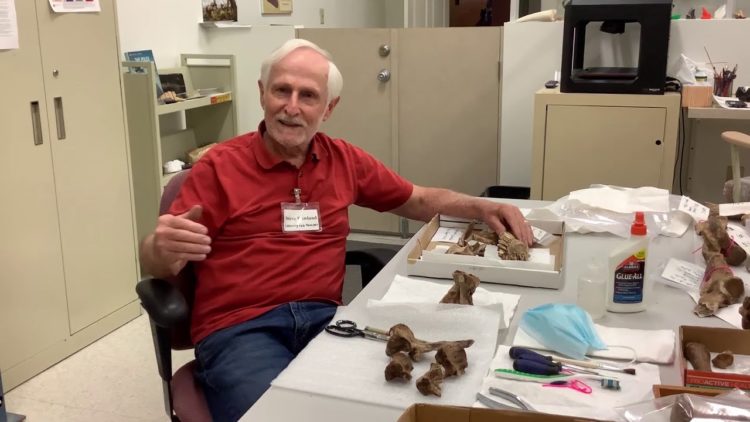
During Krill’s hike, him and his students took note of a boulder containing interesting fossilized footprints. Krill immediately took pictures of the fossils and sent them to a colleague, Stephen Rowland, a paleontologist at the University of Nevada Las Vegas.
The Boulder
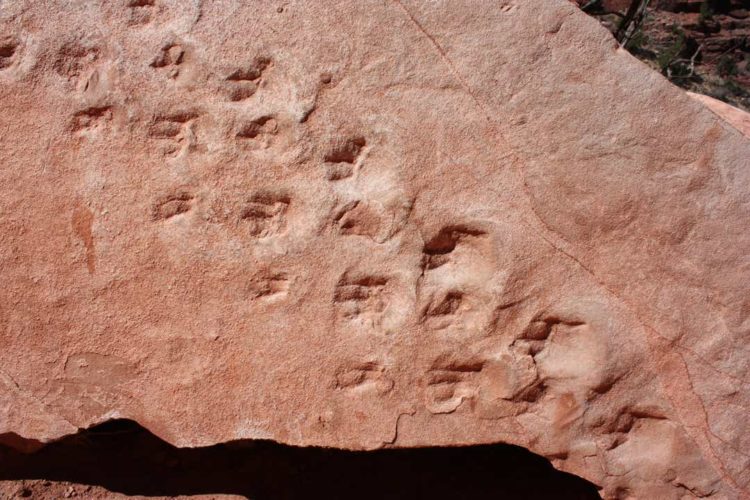
Upon studying the boulder’s position and other aspects, scientists were able to properly determine its age. The boulder had fallen from a nearby cliff-exposure of the Manakacha Formation on the Bright Angel Trail. It was determined that the fossilized prints were 313 million years old, give or take .5 million.
The Time Frame
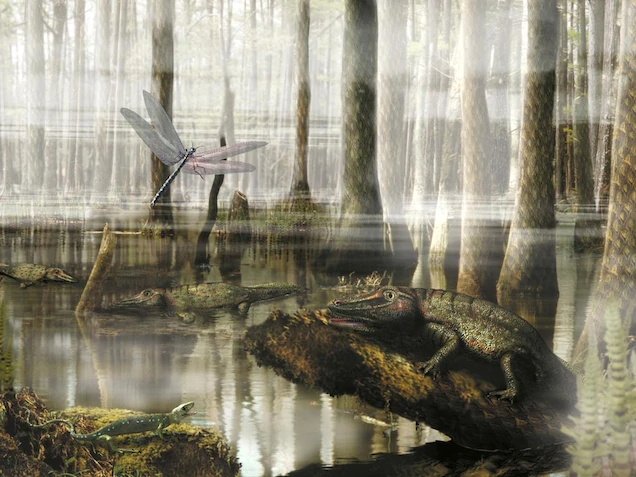
313 million years ago puts the tracks as having been made in the Carboniferous Period. During this era, Arizona would have been closer to the Equator.
The Tracks
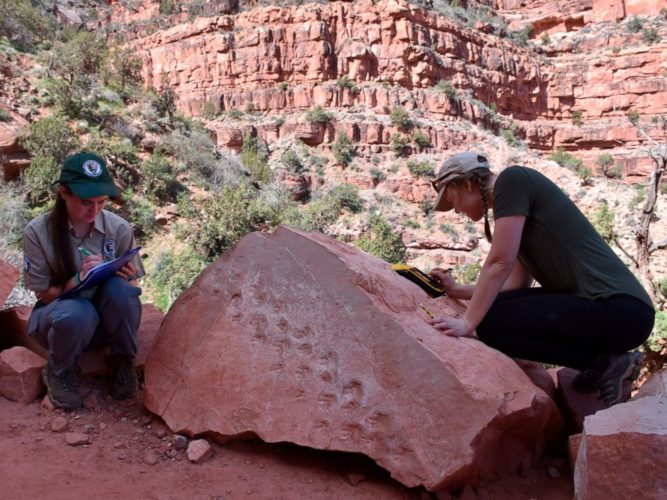
The tracks on the boulder were determined to not match any known animal in the fossil record, meaning that a completely new species could have been discovered. The footprints are believed to be a marking type known as Ichniotherium.
What This Means
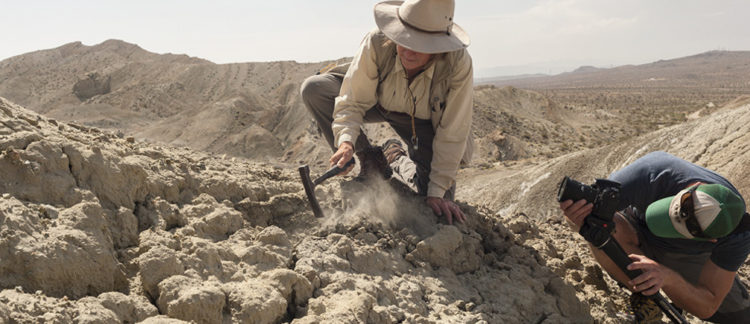
These tracks are currently the oldest known tracks belonging to a quadrupedal, egg-laying organism. They are most definitely the oldest known tracks to be found in the Grand Canyon. This discovery could uncover evolutionary connections between some modern or extinct species, or otherwise fill in another blank spot in the pre-history of the world.
The Walk
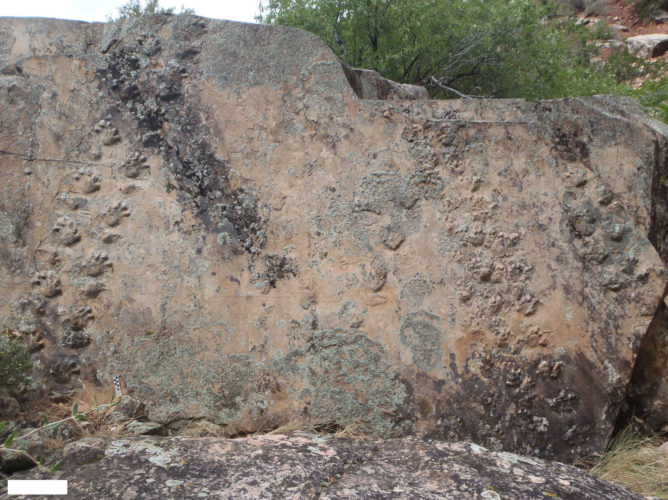
The gait of the animals is noted to be similar to four-legged creatures of today, such as cats and dogs. It was previously believed that tetrapods didn’t yet have this gait during this time period. Additionally, this marks the earliest known usage of animals crossing over sand dunes.
Two Animals
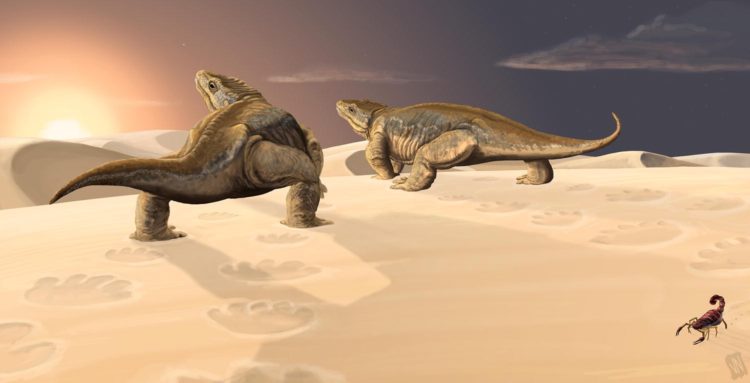
Currently, it’s believed that the prints in the rock belong to not only one animal, but two, moving on the slope of a sand dune. However, the scientific community isn’t in complete agreement on this one. Others believe that it was the same animal crossing the sand dune at two different times. However, the tracks denote two different walking speeds.
Diadectomorphs
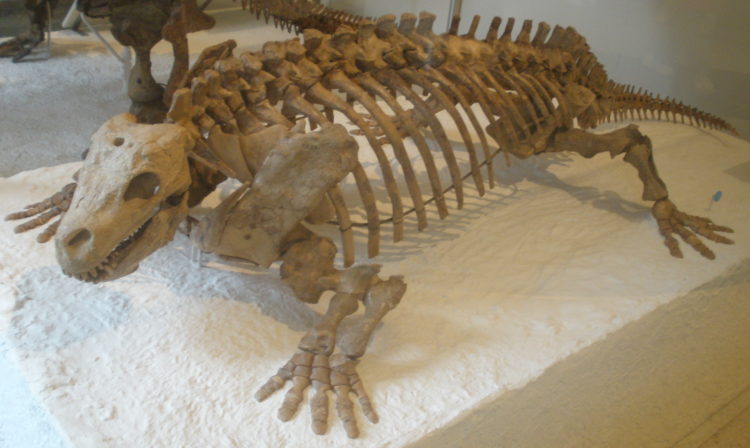
Another thing these fossils may be able to teach us is about the diadectomorphs. Diadectomorphs were previously believed to be unable to survive in desert-like climates like in Arizona. However, this discovery may require scientists to rethink what kind of adaptations these animals may have.
Paleontology
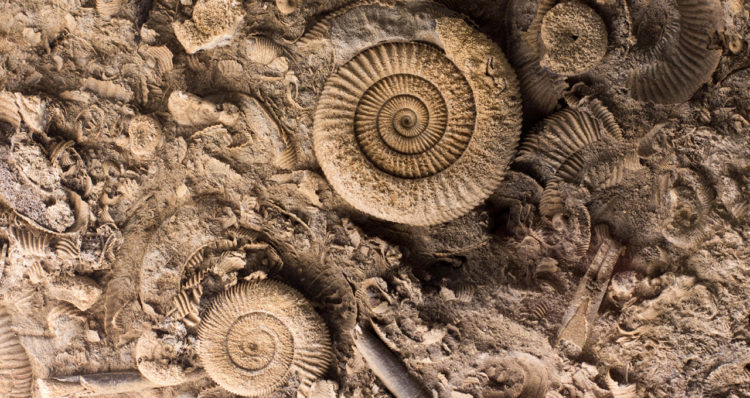
It is not uncommon for fossils to be discovered in the Grand Canyon. Because of the way the canyon formed, plenty of fossils end up being created and preserved inside of it. However, it was the age and other unique perspectives that this fossil brings that made it such an important find.
Geology
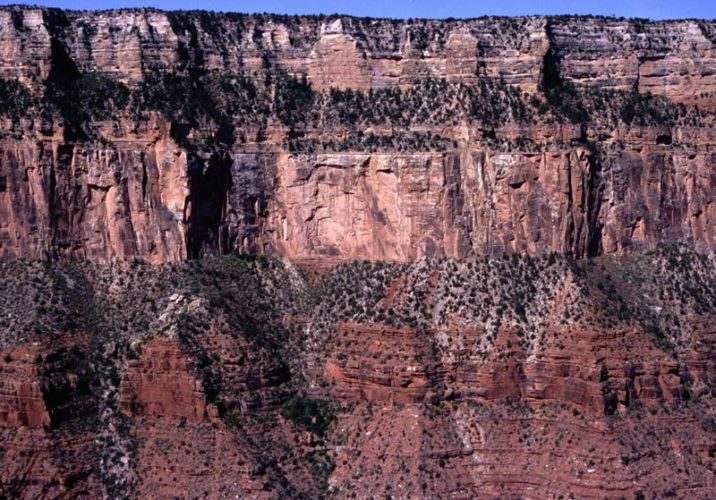
In addition to granting scientists more information about life 313 million years ago, it also granted them deeper insight into the Grand Canyon’s formation. The presence of sand dunes and other animals contradicts previous beliefs in relation to how the canyon initially formed.
Learning More About The Grand Canyon
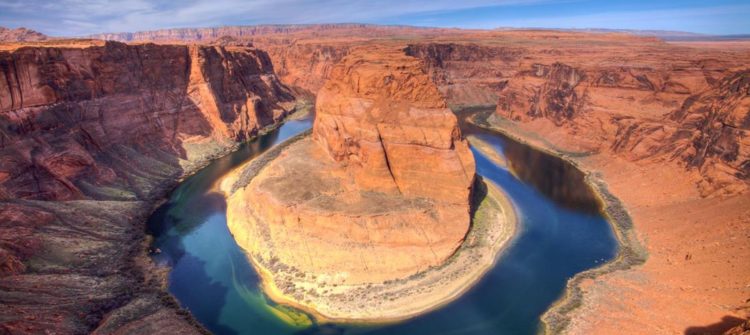
In addition to learning more about prehistoric life, this discovery teaches us more about the Grand Canyon. These tracks were likely preserved with sand and water. As time went on, the impression remained within the shape of the rock.
Announcement

After reviewing their findings, the discovery was finally announced in 2020 at the Society of Vertebrate Paleontology’s yearly meeting.
PLOS ONE

Allan’s finding were later published in the scientific journal PLOS ONE. The paper included a detailed report on the Grand Canyon’s fossilized tracks, such as the one found on Bright Angel Trail.
Marvel At Its Majesty
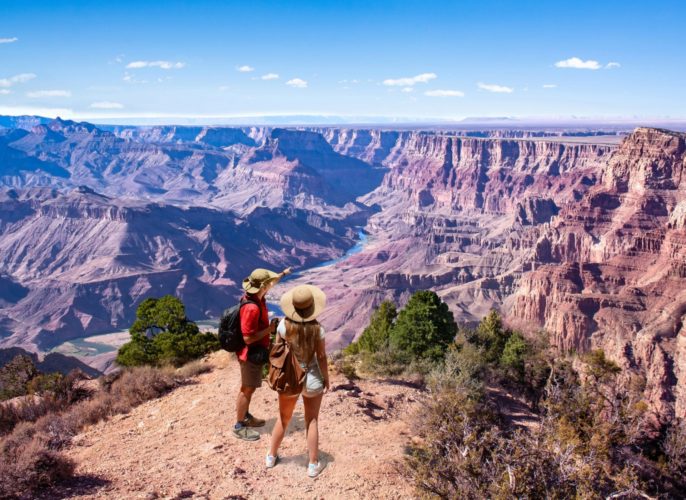
As a massive tourist attraction, the Grand Canyon is quite beautiful. But the method at which it was formed is often overlooked. The same processes by which the canyon was created will eventually destroy it. In the meantime, we can still admire it. And after it’s gone, we can admire what it taught us.
Sponsored Content

